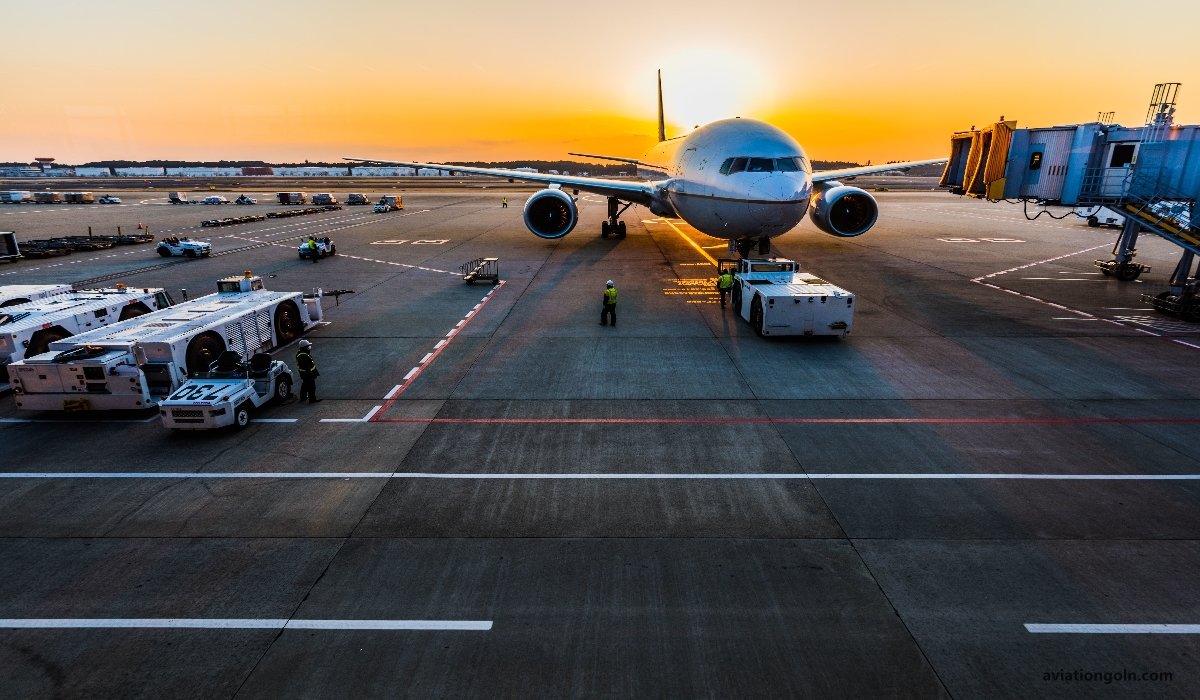The Role of Advertising and Promotion in Aviation: The aviation industry, which encompasses both the commercial and private sectors, has always been at the forefront of technological advancements. However, with the ever-growing competition and rapid changes in the market dynamics, advertising and promotion have become indispensable tools to remain ahead. In this article, we’ll delve deep into the role of advertising and promotion in aviation, examining their significance, the strategies employed, and their impact on the industry.
The Role of Advertising and Promotion in Aviation

Introduction
Aviation, often perceived as the epitome of modern transportation, bridges continents, connects cultures, and facilitates global commerce. Yet, amidst the marvel of flight lies a highly competitive and constantly evolving industry. Airlines, manufacturers, airports, and ancillary services compete for attention, and hence, advertising and promotion are critical.
Historical Perspective
Historically, the aviation industry’s marketing was straightforward. Air travel was a luxury, and there wasn’t a need for aggressive advertising. Those who could afford it flew; those who couldn’t, admired. However, with the rise of commercial airlines and increased affordability, competition grew, leading to the need for more strategic advertising and promotion.
The Significance of Advertising in Aviation
1. Brand Differentiation
In an industry where the primary product (i.e., flight) can seem homogeneous, branding becomes essential. Airlines use advertising to highlight their unique selling propositions, whether it’s superior in-flight service, punctuality, or extensive route networks.
2. Generating Demand
Especially pertinent for new routes or services, advertising helps generate demand. When an airline starts a new route, potential passengers might not be aware or may not consider it as an option. Through effective advertising, airlines can put the spotlight on these new offerings.

3. Maintaining Market Share
With numerous airlines offering similar routes, advertising becomes a tool to maintain or increase market share. Frequent flyers need reminders, and potential new customers need nudges.
Promotion in Aviation
Promotion, often interchanged with advertising, has specific tools under its umbrella, including:
- Loyalty Programs: Airlines reward frequent flyers through miles or points, enticing customers to stick with one airline.
- Partnerships and Collaborations: Airlines often collaborate with credit card companies, hotels, or car rentals, providing customers with lucrative deals.
- Special Discounts: Seasonal offers, early-bird promotions, or last-minute deals can attract a range of customers.

Effective Strategies Employed
1. Embracing Digital Platforms
With the proliferation of the internet, digital platforms have become a focal point for aviation advertising. Airlines are leveraging social media, search engines, and their own websites to engage with customers.
2. Content Marketing
Storytelling can be a powerful tool. Aviation companies use content marketing to share stories about their heritage, the destinations they serve, or their commitment to sustainability, adding depth to their brand.

3. Experiential Marketing
Some airlines invite potential customers to experience their first-class suites in pop-up events or allow them to virtually explore the in-flight experience using augmented reality.

The Challenges
Advertising and promotion in aviation are not without challenges:
- Rapid Changes: The travel industry is susceptible to rapid changes due to geopolitical issues, pandemics, or economic downturns. Advertisements must be agile and adaptive.
- Safety Concerns: Any incident in aviation can become a significant setback for advertisers. Emphasizing safety becomes paramount.
- High Costs: Advertising, especially in prime mediums, can be expensive. ROI needs to be constantly evaluated.

Case Study: The Rise of Budget Airlines
A noteworthy mention is the rise of budget airlines and how advertising played a pivotal role. These airlines, operating with a different model, emphasized low costs. Their advertising strategies focused on the affordability factor, attracting a new segment of travelers who earlier considered air travel beyond their reach. Brands like Ryanair, EasyJet, and Southwest became household names, thanks in part to their aggressive and innovative advertising campaigns.

The Broader Impact
The efforts of the aviation industry in advertising and promotion have a broader impact on the travel and tourism sector. When airlines advertise new routes or discounts, it can boost tourism in the promoted destinations, leading to a cascading positive effect on the local economy.

Advertising and promotion in aviation have evolved from mere announcements to strategic tools that shape perceptions, influence choices, and drive revenues. As the aviation industry faces new challenges, from sustainability concerns to shifts in consumer behavior, its advertising and promotional strategies will need to stay one step ahead, ensuring that the skies remain as busy as ever.
By understanding the intricacies of how advertising and promotion function in this sector, aviation businesses can craft compelling narratives that resonate with their audience, ensuring continued growth and innovation in the world of flight.
See more:
